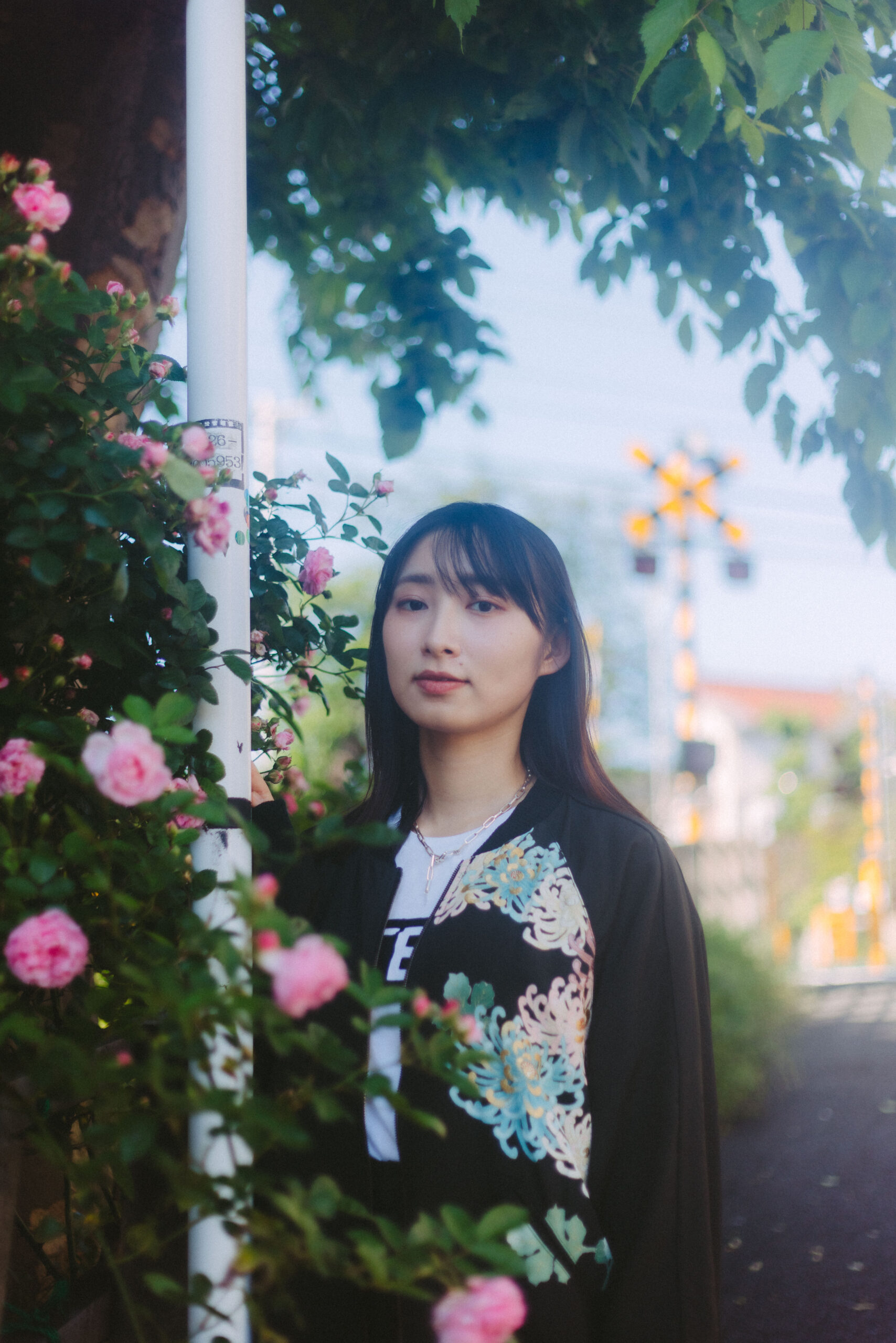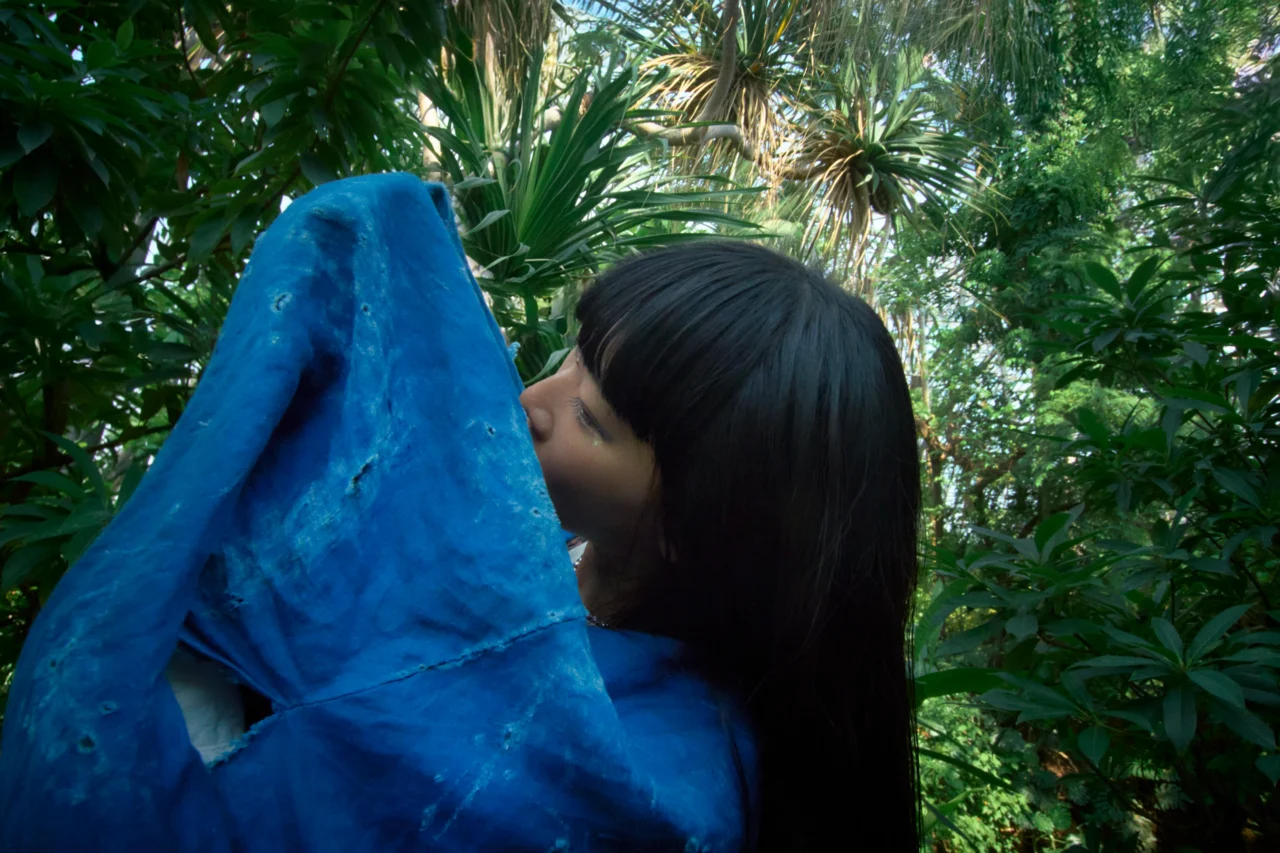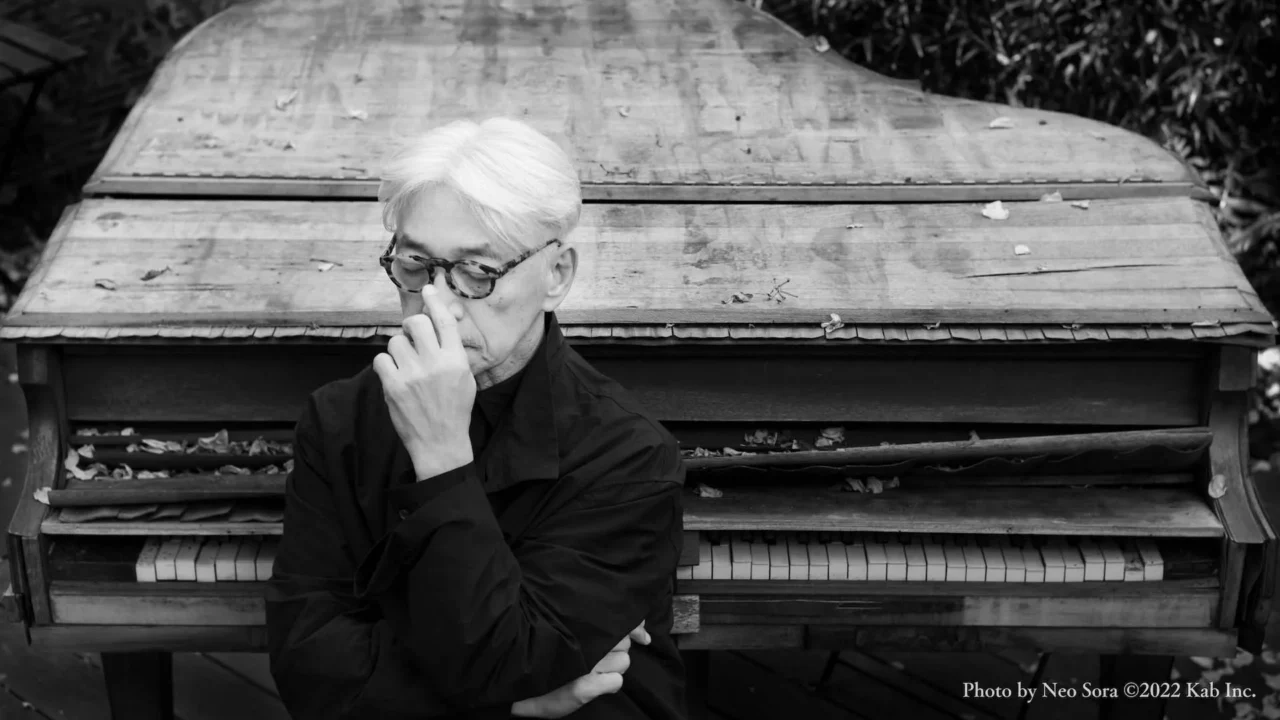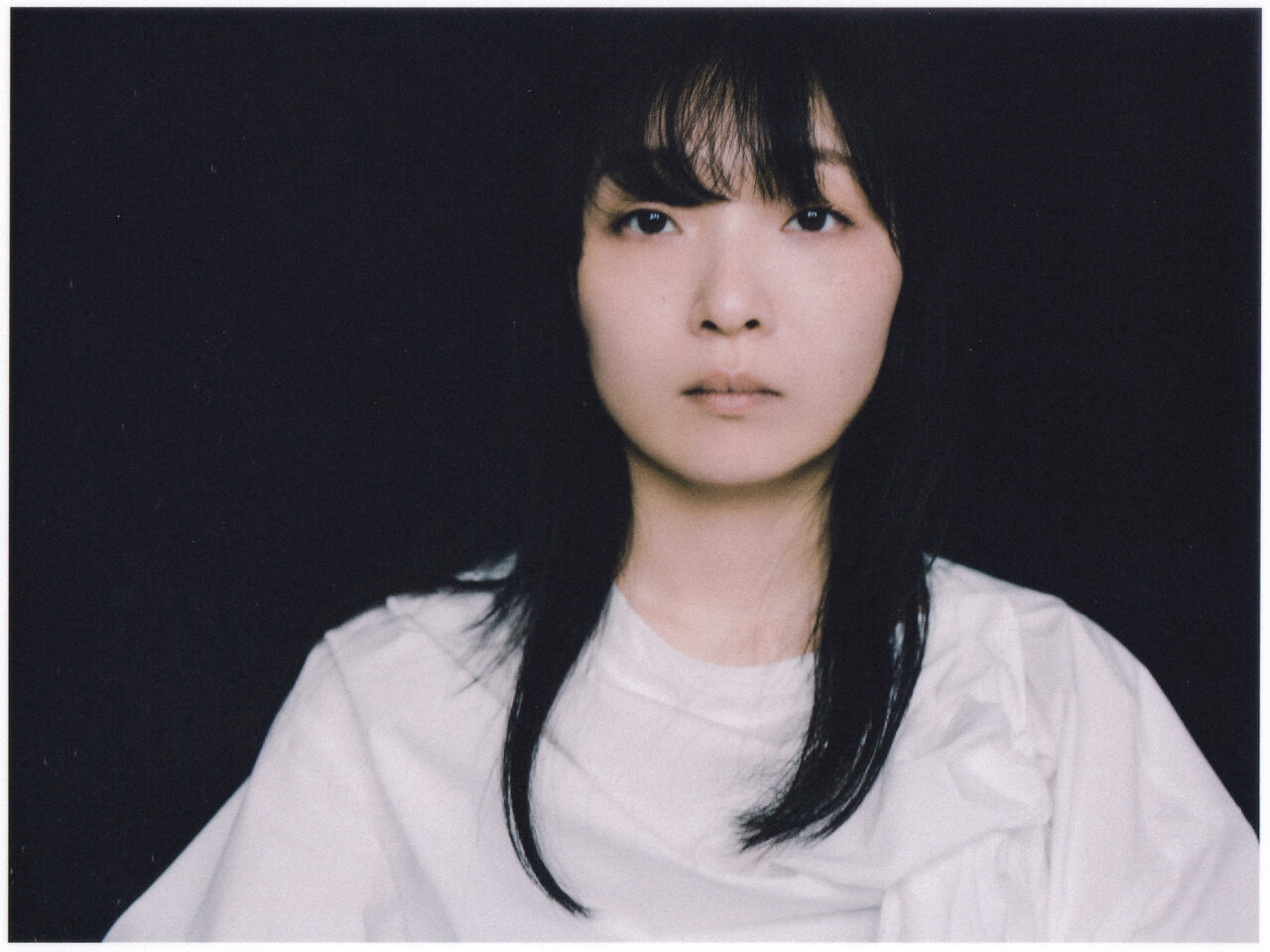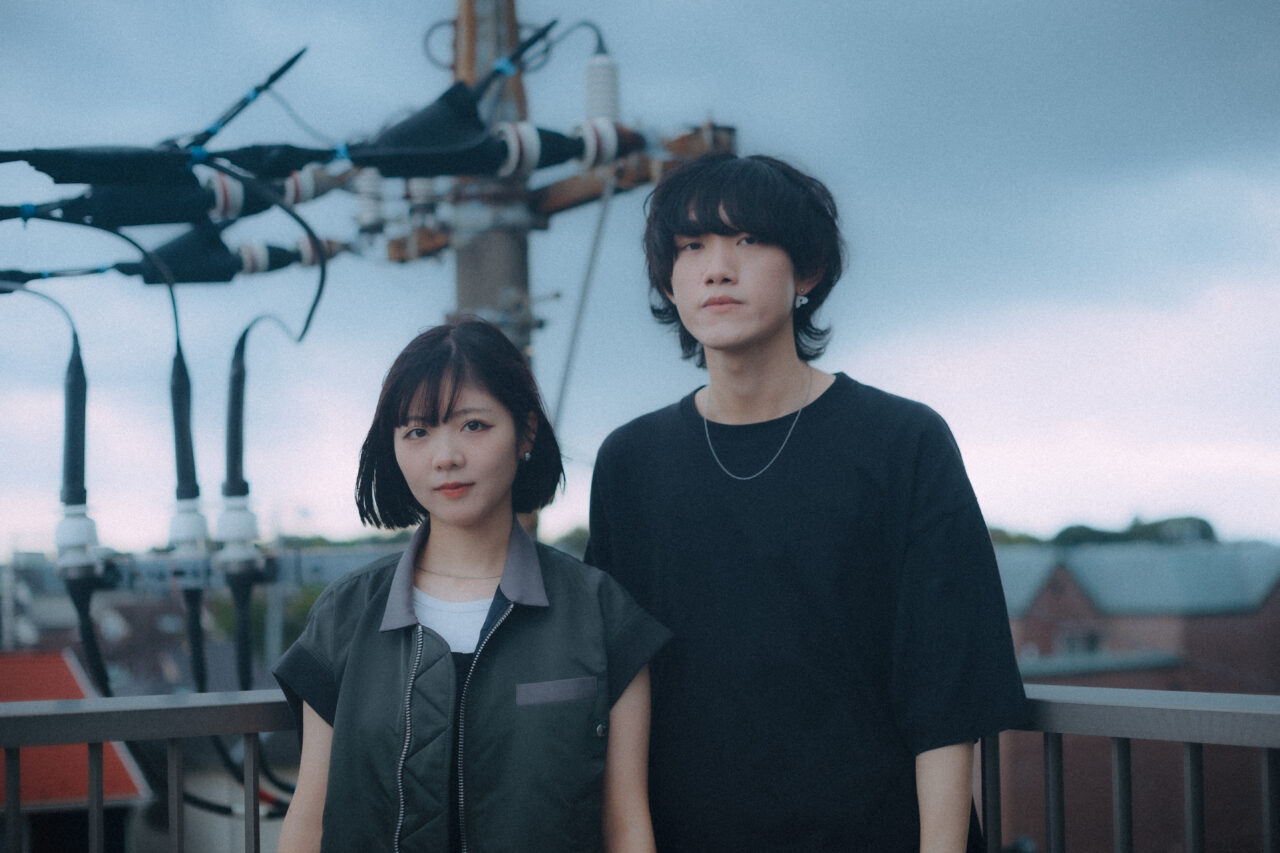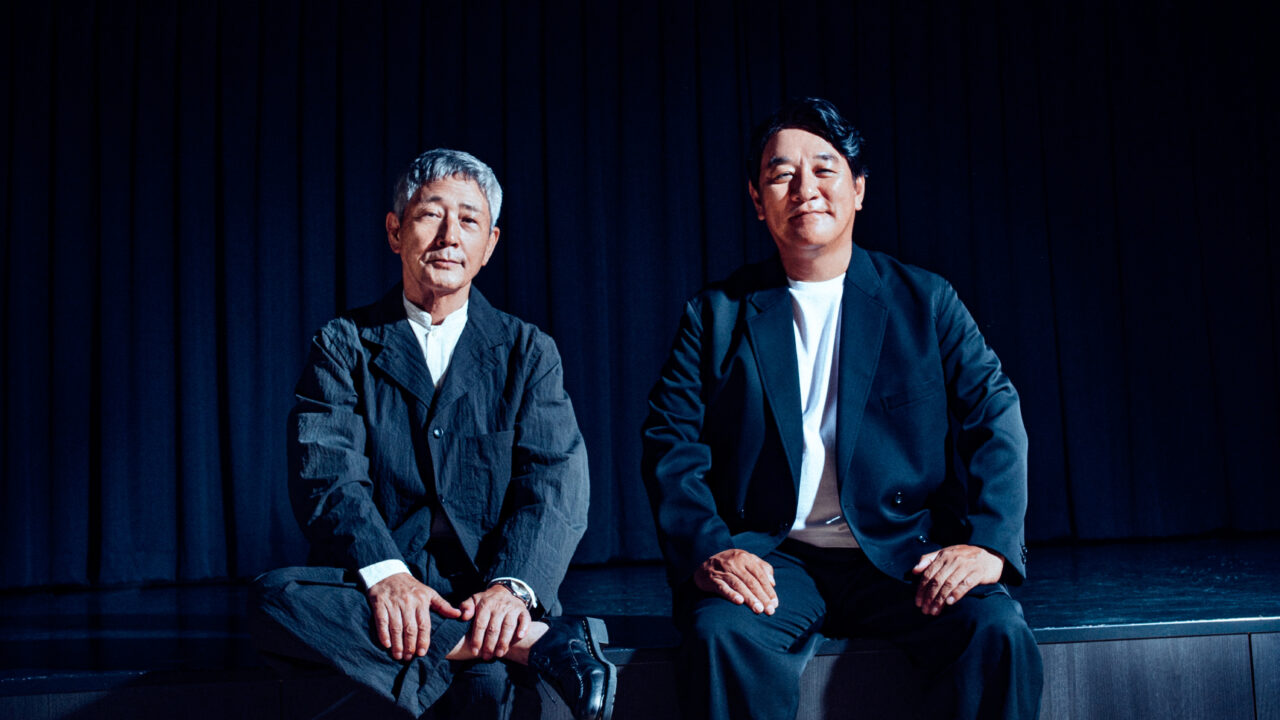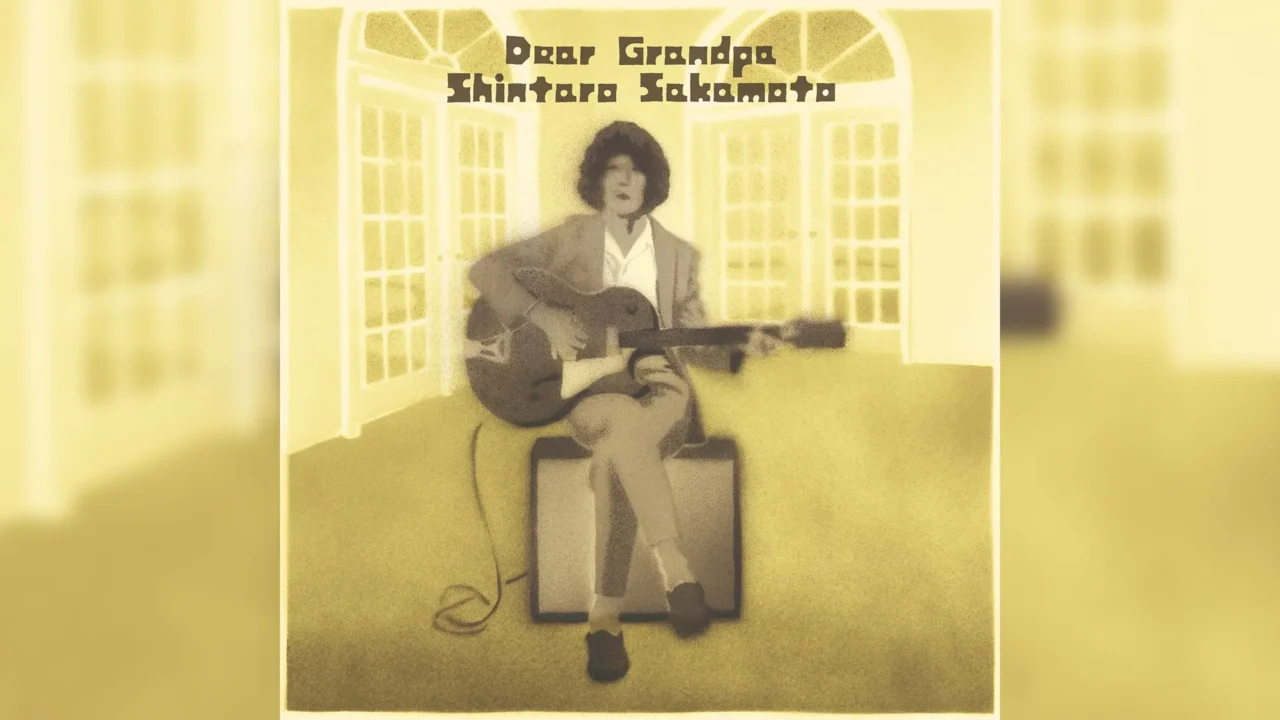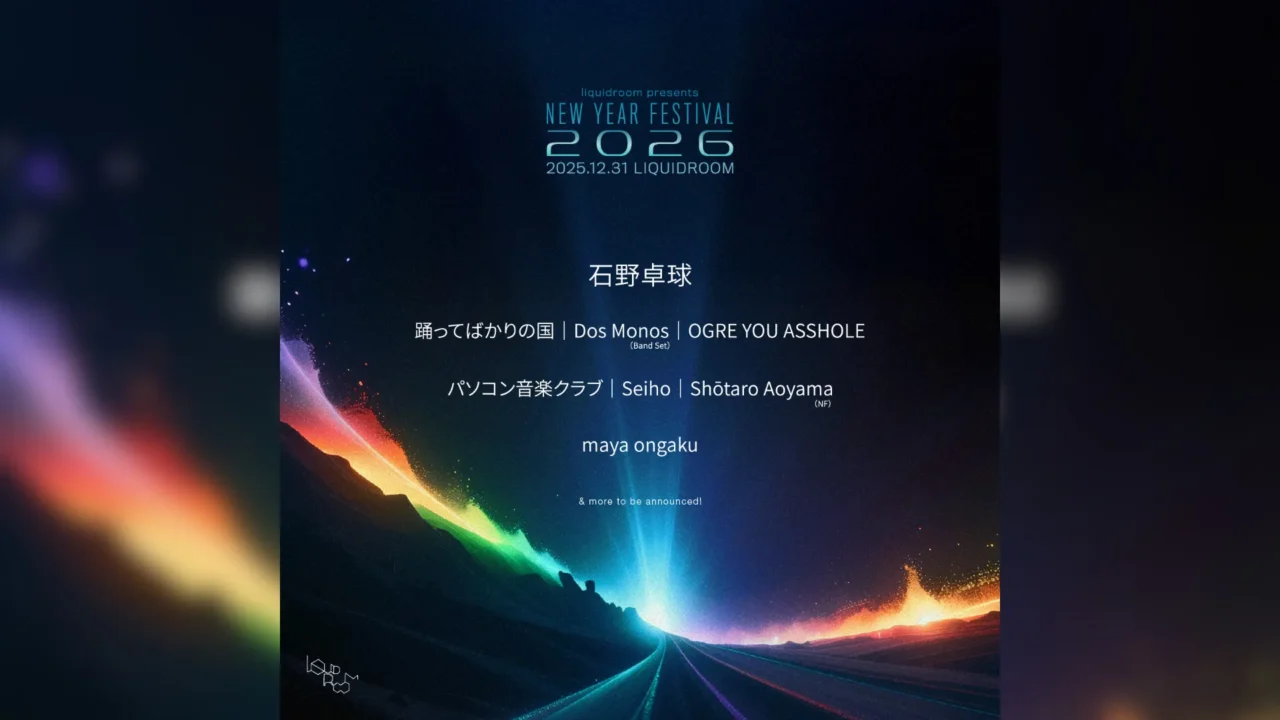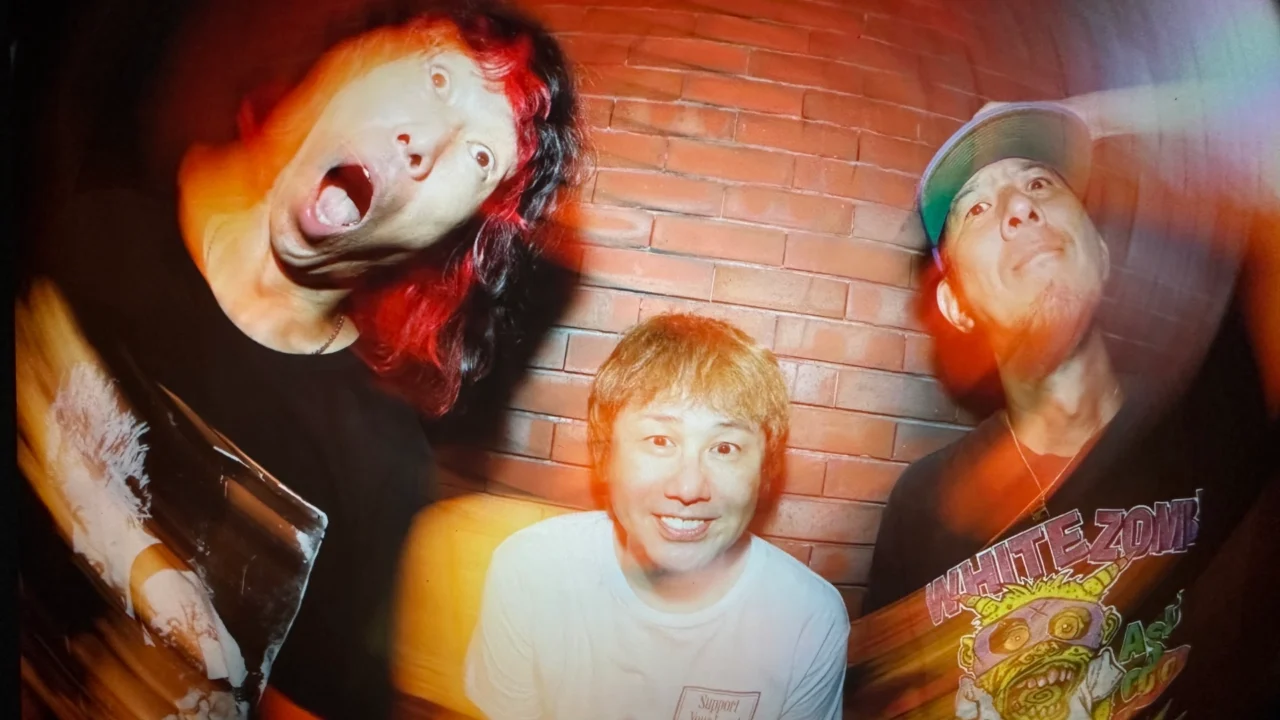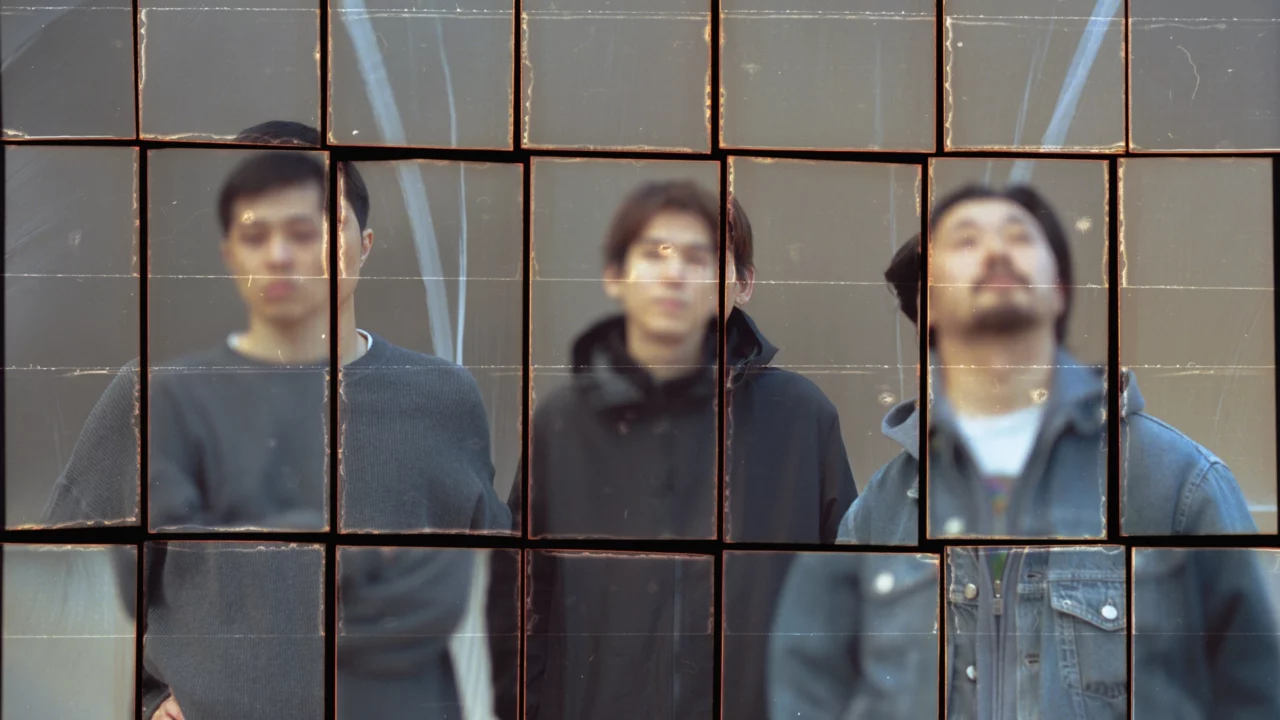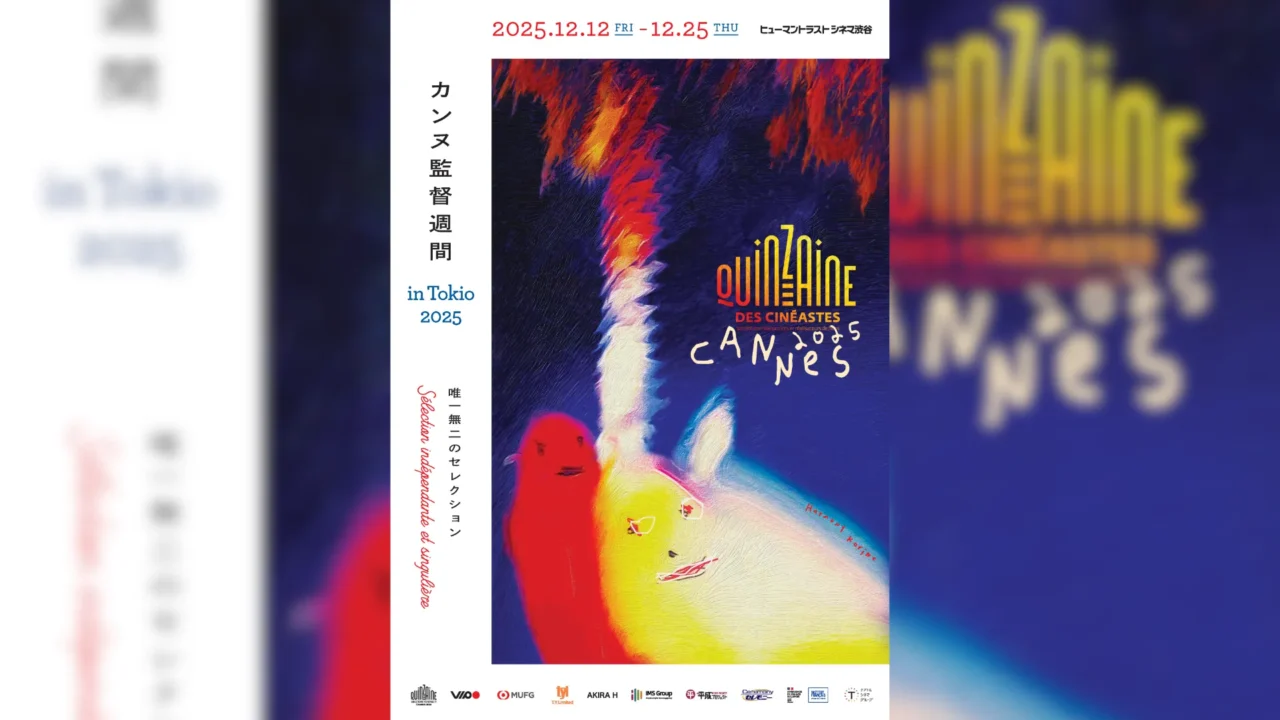When the TV introduced shamisen player Sayo Komada as “the Instagram sensation with around 840,000 followers known for her cover videos” I couldn’t help but think “So even traditional arts have joined the world of short videos.” It felt like a fresh reminder of the age-old lesson that you cannot resist the tide of trends. But just as that thought settled in Komada shared the deeper reason behind her videos using modern platforms as a bridge to carry the ancient shamisen tradition into the future.
What struck me was that her drive was not for fame or likes but a heartfelt mission to preserve culture in a new form. That realization made reaching out for an interview a no-brainer.
With calm confidence Komada admits that shamisen is not mainstream but her passion and dedication to pass it on shines through every word. Alongside her mother and manager she opened up about her early days of blind practice her discovery of the instrument and her bold decision to protect tradition on her own terms beyond the boundaries of custom.
INDEX
Captivated by Ken Shimura’s Shamisen Sound, Practicing Blindly with Pure Passion
You’ve said that Ken Shimura, a beloved Japanese comedian known for his variety show performances, inspired you to start playing the shamisen. What was it about him that drew you in?
Komada: He was really the person who introduced me to the shamisen. What caught my attention first wasn’t the performance itself, but the sound of the shamisen he played. Even as a kid, I remember thinking, “There’s no way just one person is playing this.” The instrument only has three strings, but the sound was so rich and full. When I first heard a recording of the folk song Nanbu Nikata-bushi, I assumed it was an ensemble. That mystery sparked my curiosity — how could one instrument make that kind of sound? That’s what pulled me in and made me want to try playing it myself.

Blending centuries-old tradition with a distinctly modern edge, Sayo Komada is a shamisen player fluent in both the Tsugaru and Nagauta styles. She picked up the Tsugaru shamisen at age seven, began singing traditional folk songs at ten, and by fifteen, had already claimed first prize at the 9th All-Japan Tsugaru Shamisen Competition. In 2022, she graduated from Tokyo University of the Arts with a degree in traditional Japanese music, and in 2023, received the prestigious name Kineya Goshikoma from Kineya Gozaburo IV.
Komada is perhaps best known for her viral Instagram videos, where she reimagines iconic Western guitar riffs on the shamisen—merging the world of traditional Japanese music with global pop culture. In 2024, she released her first album, Tsukimae Renka, and performed in Peru as part of a concert celebrating the 125th anniversary of Japanese immigration, captivating audiences across cultures with her bold, genre-crossing artistry.
What first drew you to the shamisen? Why that instrument in particular?
Komada: It was actually my mother who first suggested it. She’d seen Ken Shimura playing shamisen on TV and recommended I give it a try.
Komada’s mother: Years ago, I happened to watch a New Year’s variety show, where Shimura’s comedy group The Drifters appeared in formal black kimono and played the shamisen. I didn’t know anything about the different shamisen styles like Tsugaru or Nagauta back then — I was just completely struck by the sound and presence of the instrument.
I wanted to try it myself, but back then there was no internet, and it was hard to find any information. I ended up giving up on the idea. Then one day, my daughter said she wanted to start some kind of extracurricular activity, and I said, “How about shamisen?”
So in a way, it all started with something she wanted to do.
Komada: Seems like it [laughs]. I think she was hoping we might be able to learn together eventually, but I ended up getting busier and busier. Now she supports me as my manager instead [laughs].
Earlier you mentioned that there are different styles of shamisen. What made you choose Tsugaru shamisen?
Komada: Honestly, I didn’t even realize there were different kinds. I thought shamisen was just one instrument. The class I joined happened to teach Tsugaru shamisen, so I just threw myself into learning without knowing there were other styles out there. It wasn’t until I was in high school that I found out there are different schools and types of shamisen. When I applied to Tokyo University of the Arts, I learned they only had a program for Nagauta shamisen.
So that means you had to start learning Nagauta shamisen from that point?
Komada: Yes [laughs].
And even so, you were accepted into Tokyo University of the Arts on your first try?
Komada: That’s right. I just told myself, “Okay, I’m learning a whole new instrument now,” and fully committed to it.
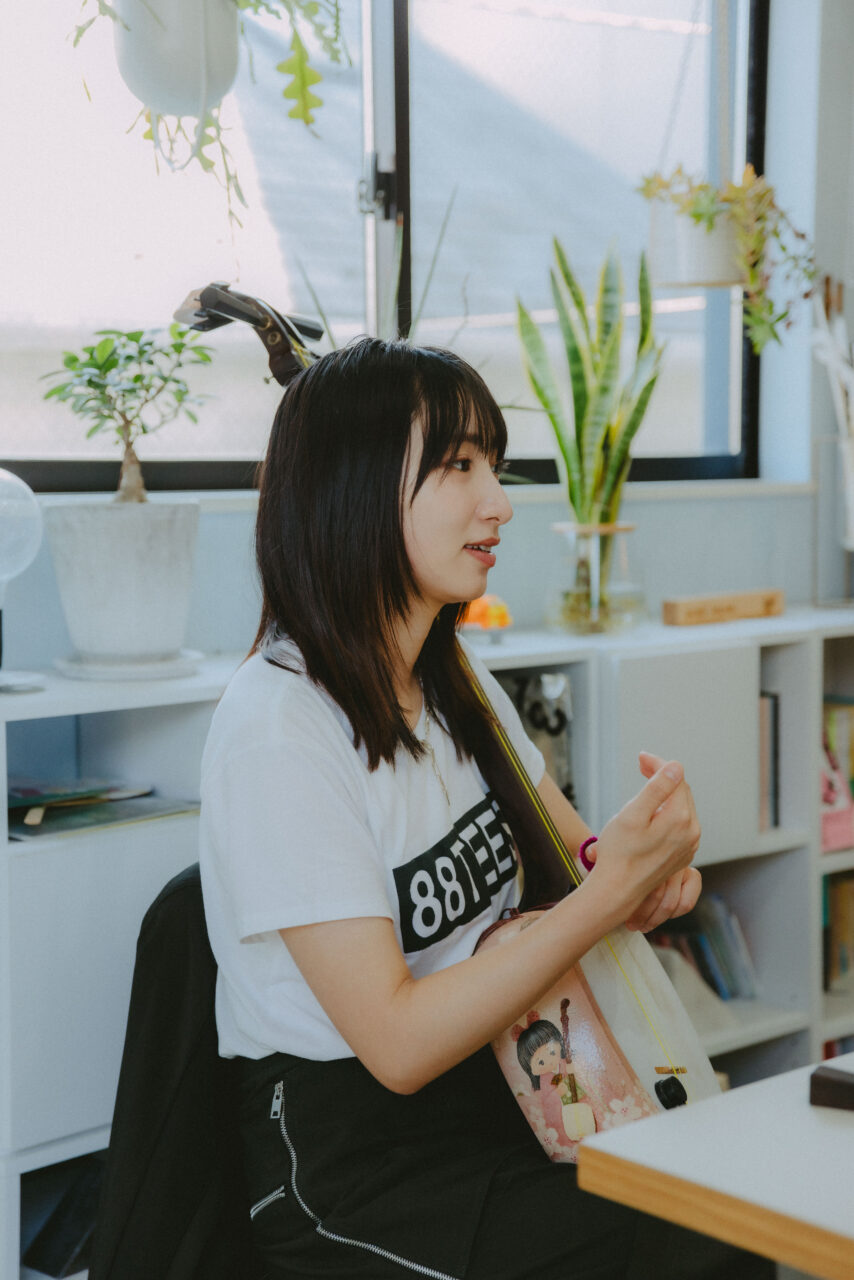
That’s impressive. Just how different are Tsugaru shamisen and Nagauta shamisen?
Komada: They’re completely different instruments, really. The techniques, the sound, even the tools we use—they’re all distinct. For instance, Tsugaru players often use a tortoiseshell bachi, while Nagauta uses one made from ivory. The instruments themselves are built differently, and they even use entirely separate notation systems.
Since shamisen isn’t something most people encounter often, it’s hard to grasp how difficult it is. Is there a technique that’s especially tricky for beginners—like how guitar players struggle with the F chord?
Komada: One of the first hurdles is being able to strike just a single string cleanly. That alone can be hard for beginners. They often miss the mark or accidentally hit a neighboring string. With guitar, you tend to focus on your left-hand fingering, but in shamisen, your right-hand strike is just as critical — if not more so — at the beginning.
So just getting one note right can be tough?
Komada: Absolutely. And once you’ve managed that, the next step is learning techniques like maebachi and ushirobachi. Maebachi involves striking the body of the shamisen near the left hand, while ushirobachi hits the opposite side to create a richer, fuller sound. These techniques bring in a sense of rhythm and pulse — almost like handclaps in folk music. It’s where the groove really begins.

Why are maebachi (front strike) and ushirobachi (back strike) so challenging?
Komada: It is not enough to just monotonously tap back and forth; there are times when it goes forward and times when it doesn’t, but it is something you learn by feel. There is no regularity. It seems the more experienced you are with an instrument like guitar or trumpet, the harder it is to get that feeling. I can explain it to you, but there are many exceptions, so you really have to get used to it.



